Iron Aviator: Cal Rodgers and the First North American Transcontinental Flight
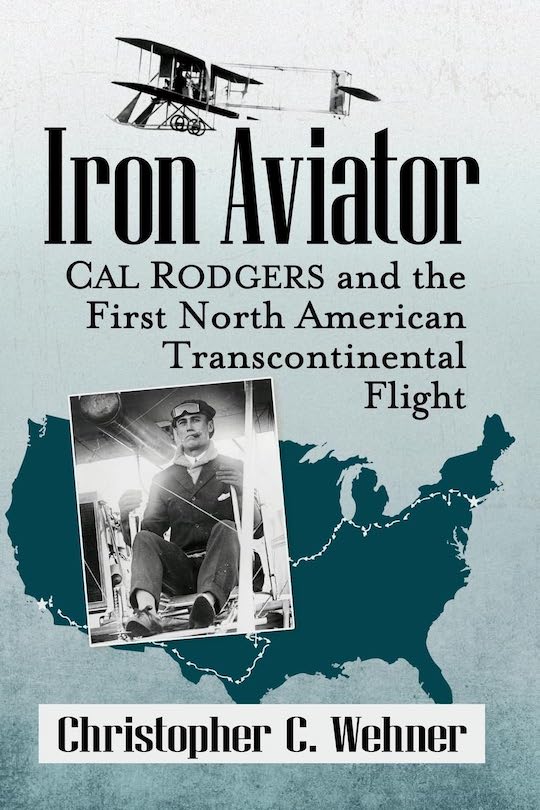 by Christopher C. Wehner
by Christopher C. Wehner
If you stood 6’4″ in the earliest 1900s you were deemed a giant just as today’s basketball stars topping 7 and some even nearly 8 feet are. Moreover this giant among men, in height and achievement alike, was hearing impaired. Not from birth but as a result of having contracted Scarlett Fever at the age of six. It completely destroyed the hearing in one ear and left it severely impaired in the other. But neither that “giant” status nor his deafness would stop Calbraith Perry Rodgers (1879–1912) as he embarked on achieving his life’s goal—becoming the first aviator to successfully fly sea to sea across the US.
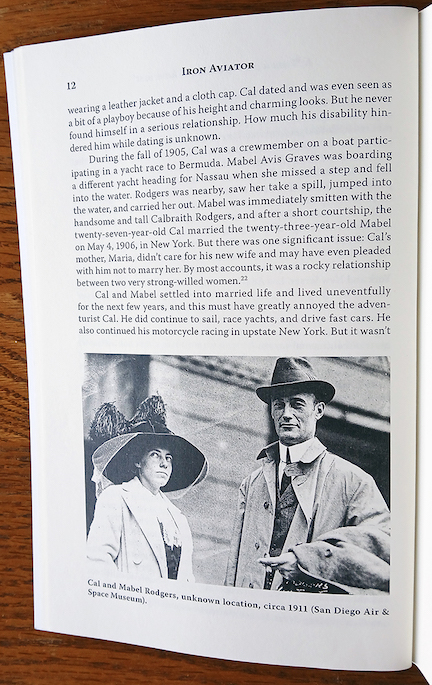
Cal and Mabel Rodgers.
What Rodgers and his small, tight-knit crew accomplished was of such magnitude that it’s surprising that today Rodgers’ name isn’t uttered in the same breath as that of the Wright brothers or Curtiss. Rodgers’ craft was a specially commissioned Wright Model B biplane, designated as the one and only EX they’d build. Despite that (or perhaps because of), the brothers had specifically warned against Rodgers’ plan to fly across the continent simply because “their biplanes were not designed to travel four thousand miles.”
Before his adventure was over—and mind you that in itself was far from a sure thing—over the three consecutive months he’d take off and land over 70 times and survive at least 16 crashes from which he would not always emerge unhurt. But tenacity could/should have been Cal’s middle name for he’d persevere, no matter what.
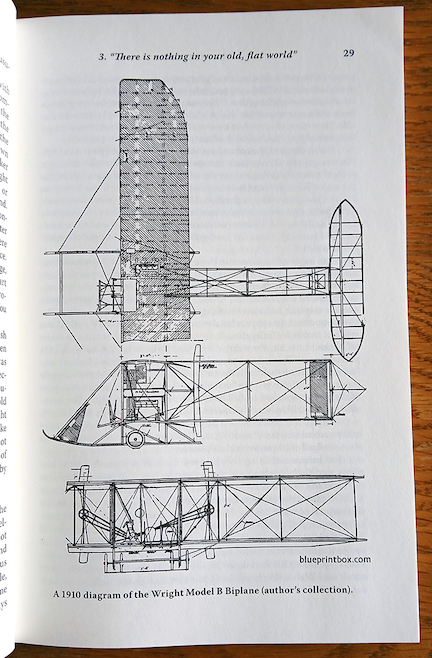 That skeleton crew would prove all-important to Cal’s eventual success as would his sponsor Vin Fiz. What was Vin Fiz? A soda pop—a grape soda—made, marketed, and sold by family-owned Chicago-based Armour & Company. Execs from the company traveled along in their own train, in which Cal and his wife Mabel and mother Maria and the crew were also given quarters, for Cal’s route principally followed railroad tracks as there were no major east–west highways and certainly no aerial navigation aides. Remember, after all this was taking place in 1911!
That skeleton crew would prove all-important to Cal’s eventual success as would his sponsor Vin Fiz. What was Vin Fiz? A soda pop—a grape soda—made, marketed, and sold by family-owned Chicago-based Armour & Company. Execs from the company traveled along in their own train, in which Cal and his wife Mabel and mother Maria and the crew were also given quarters, for Cal’s route principally followed railroad tracks as there were no major east–west highways and certainly no aerial navigation aides. Remember, after all this was taking place in 1911!
Back to that Vin Fiz sponsorship which was liberally painted on Rodgers’ aircraft, No matter how many dollars, how much promotion the company was willing to put behind its beverage with comments from those who tasted it ranging from “Tastes like a cross between river water (sludge) and horse slop” to “It has a laxative effect” or “You have to sneak up on it to get it down” it was a tough sell and not earmarked to become popular. With many of those vintage-concocted/sold sodas being made again today in limited quantities and stocked and sold at tourist attractions such as Pop’s 66 Soda Ranch in Arcadia, Oklahoma, Vin Fiz isn’t among them.
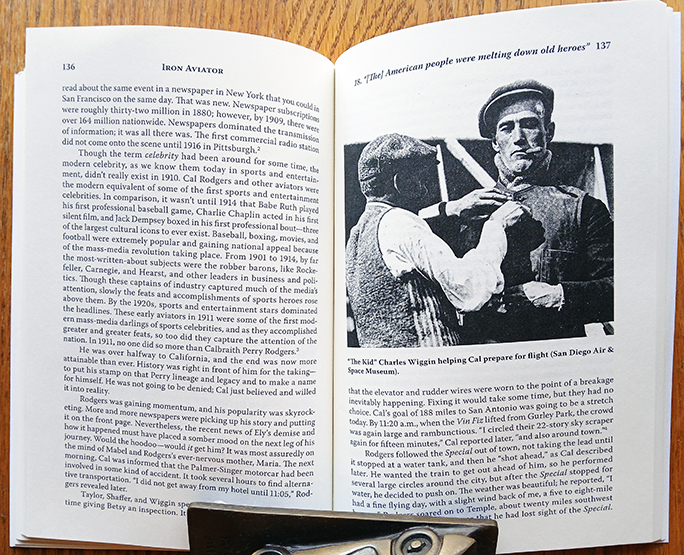
Author Christopher Wehner holds his readers’ attention by injecting drama and emotion into the story. Not surprising, for his day job is as a screenwriter and he’s counseled his own students with comments such as these: “The ability to get inside a character’s head and reveal all kinds of facets to the aspects of that character” coupled with “the ability to express your story with emotion and drama while still conforming to the [required] structure.”
There’s drama aplenty in Cal Rodgers’ story and even as he eventually and ultimately achieves his goal, the concluding chapter and afterword are bittersweet.
Copyright 2024 Helen V Hutchings (speedreaders.info)


 RSS Feed - Comments
RSS Feed - Comments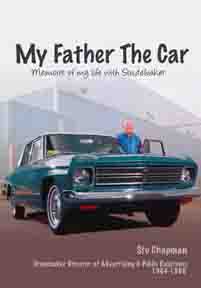
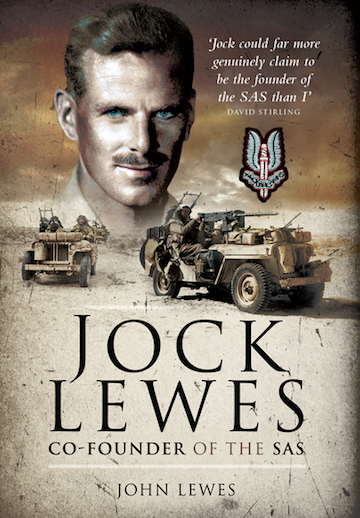





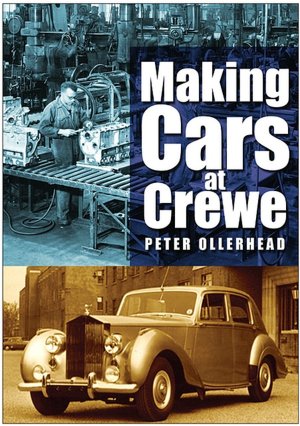

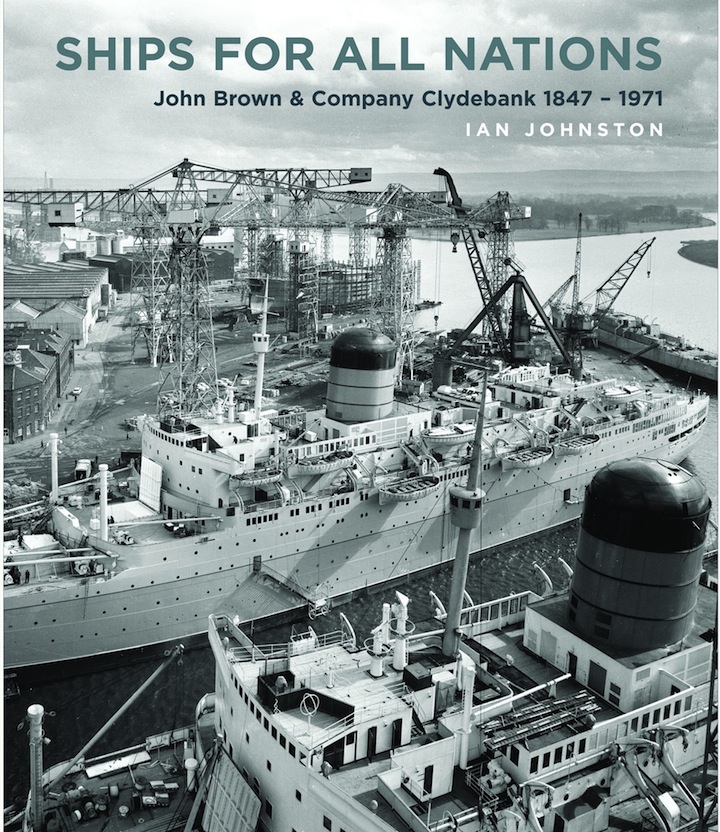
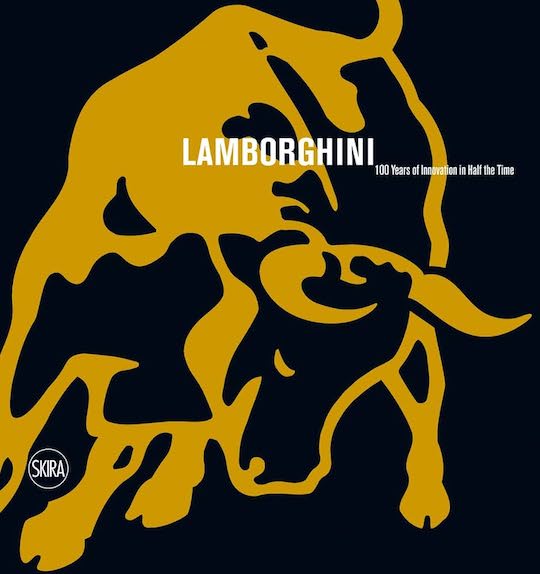

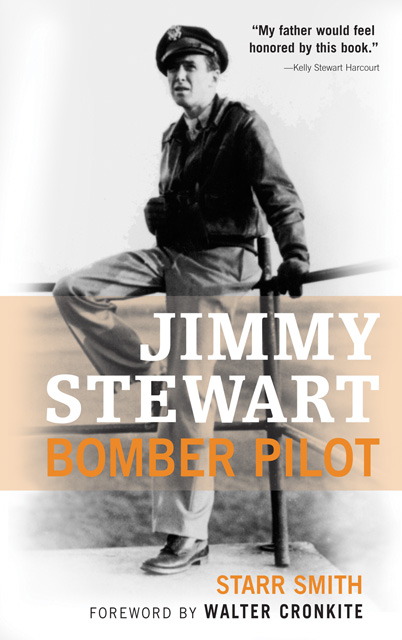
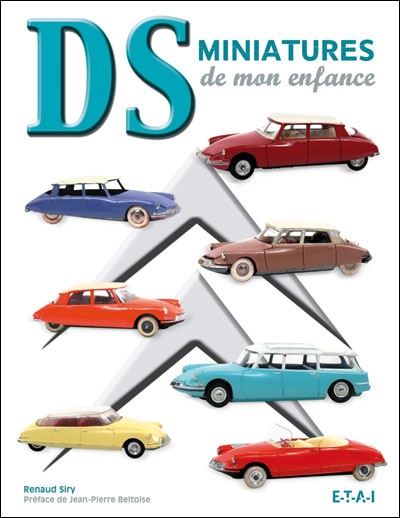
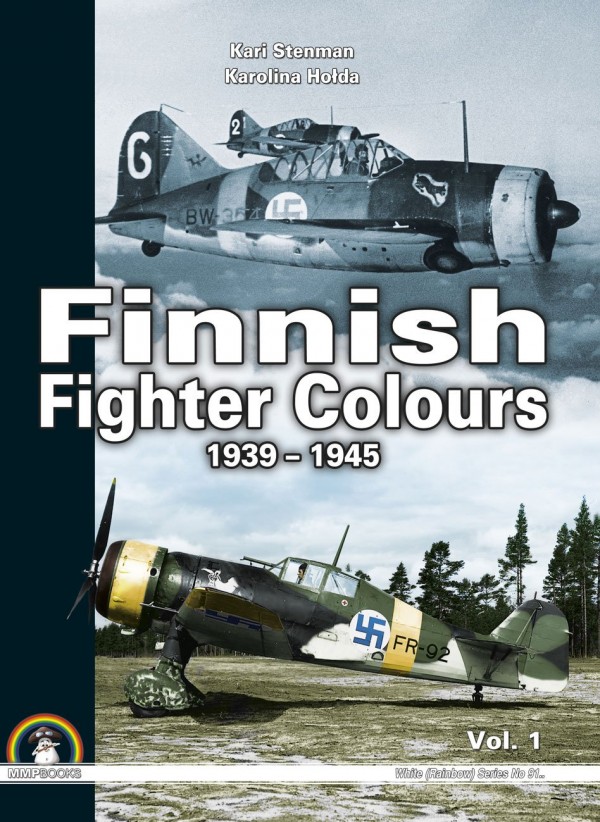
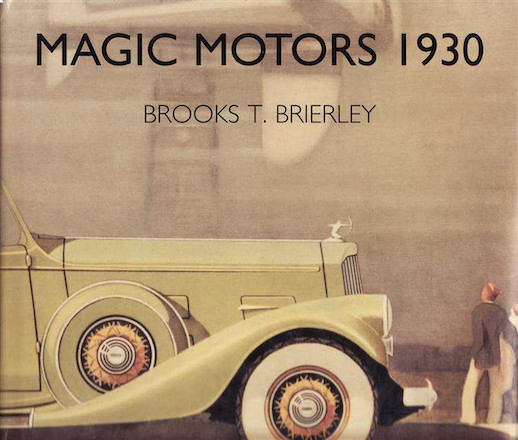

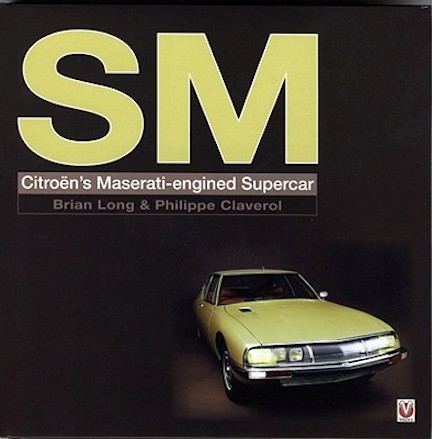
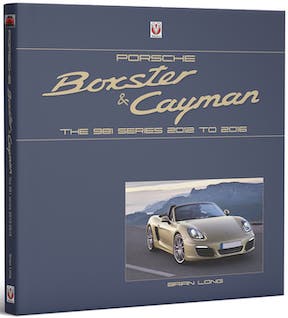

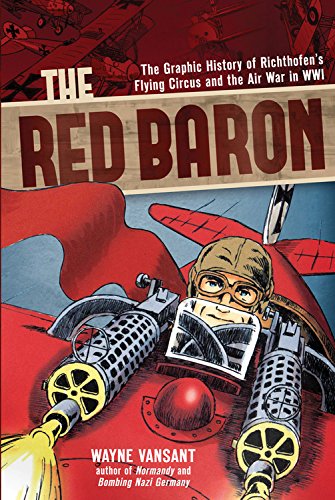
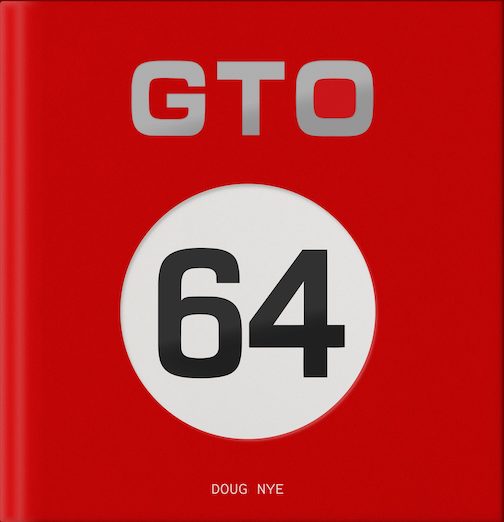

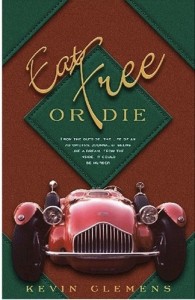
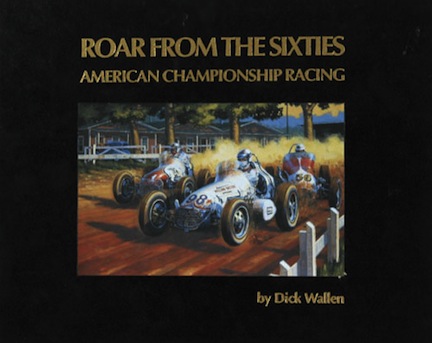
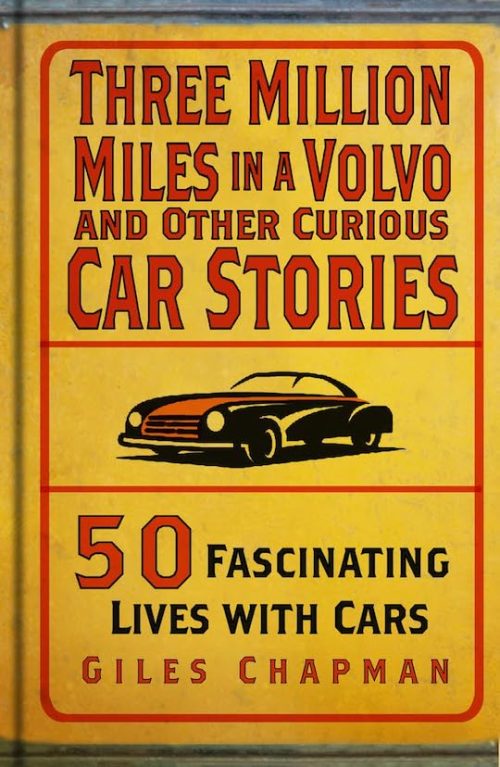
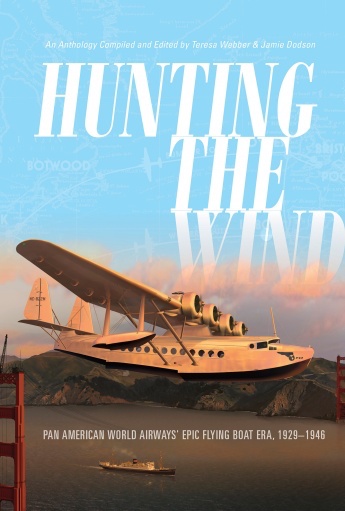

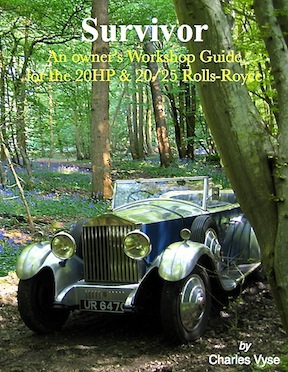


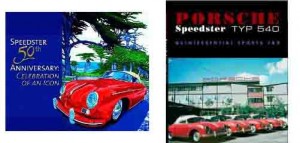
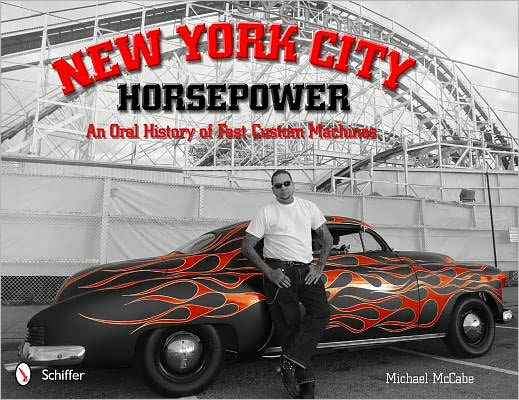
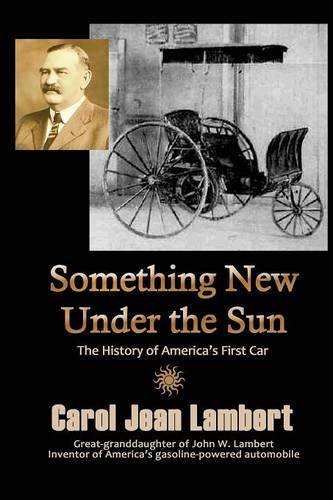

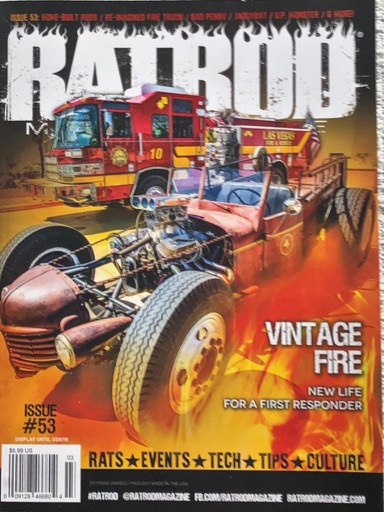
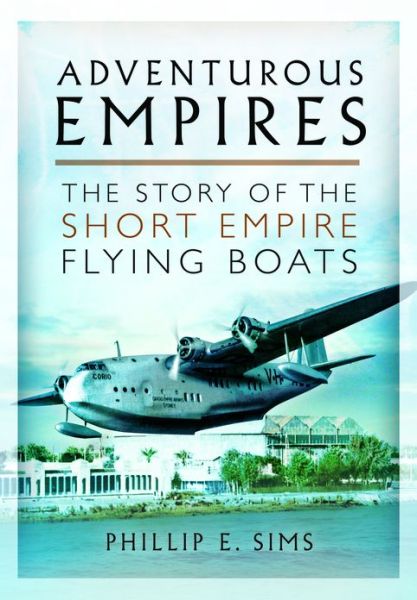
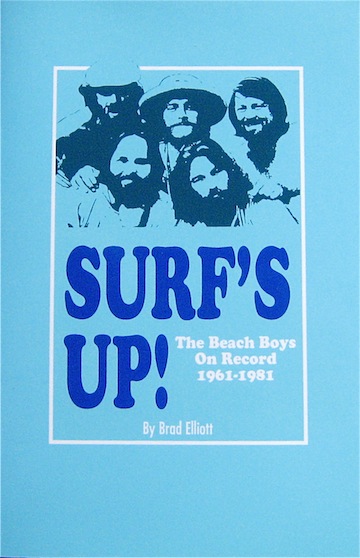
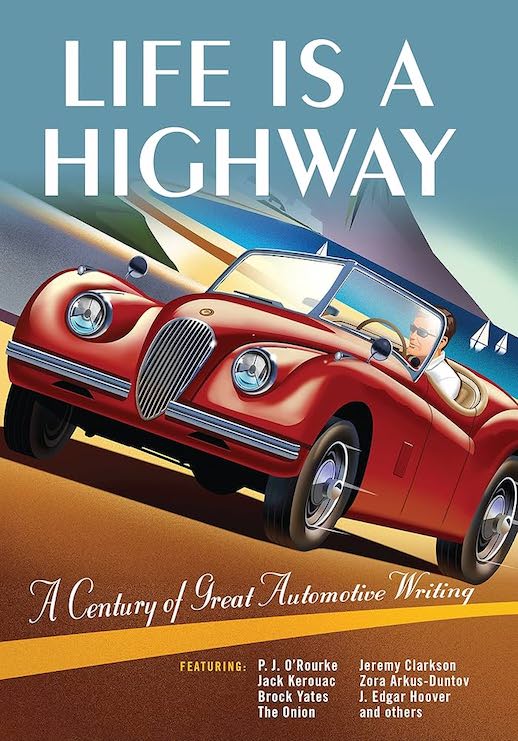
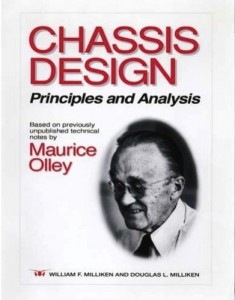


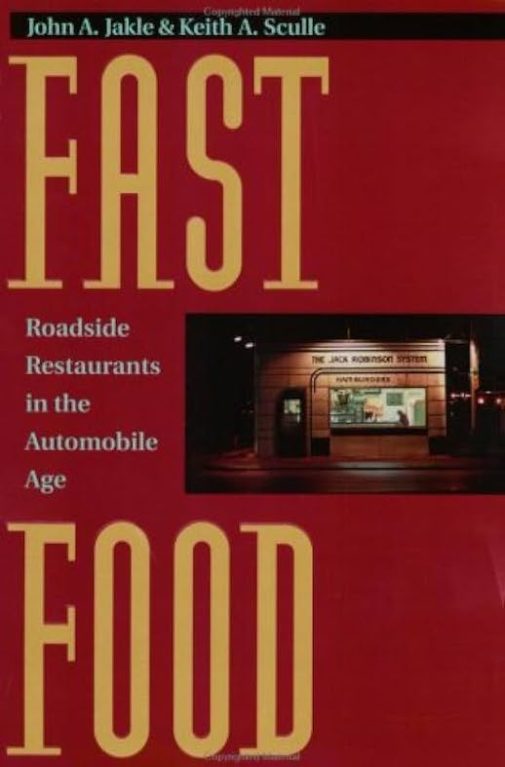
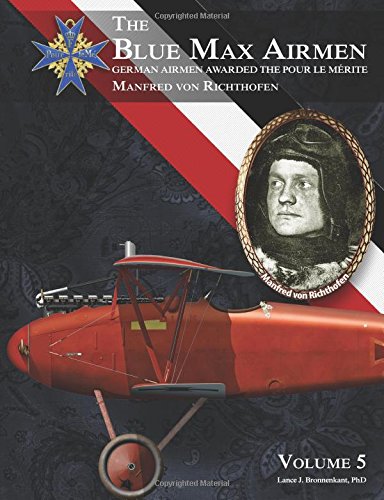
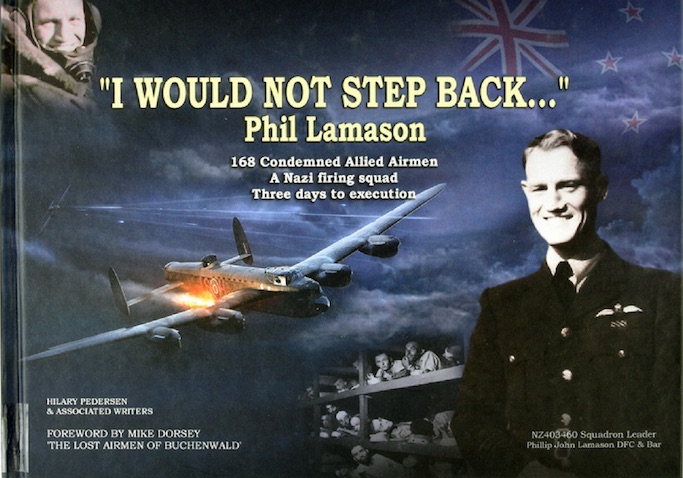

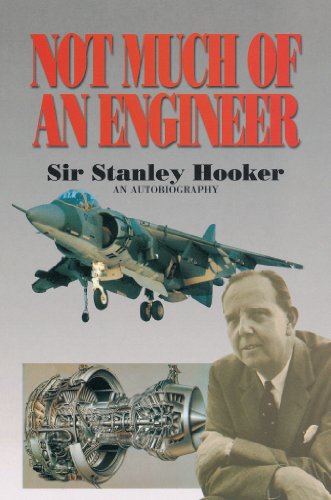

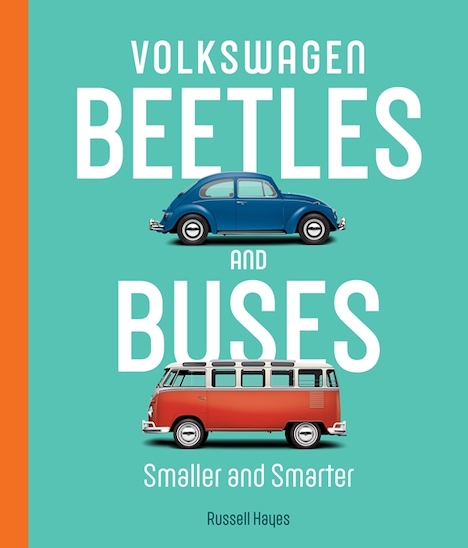



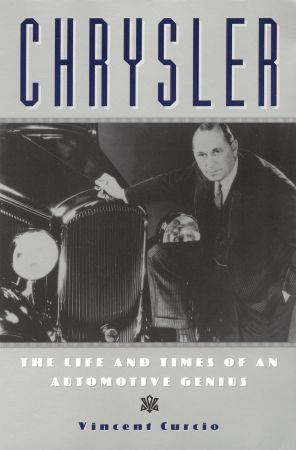
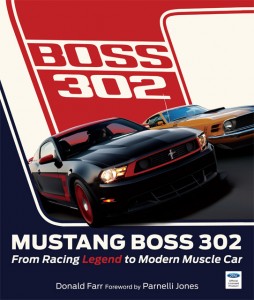

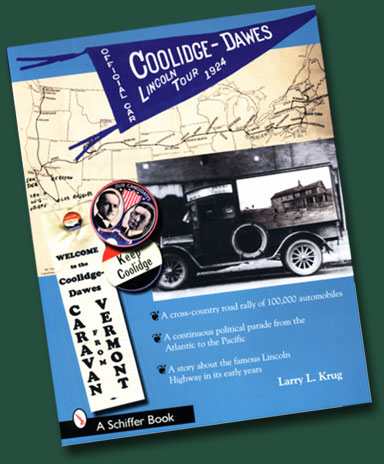

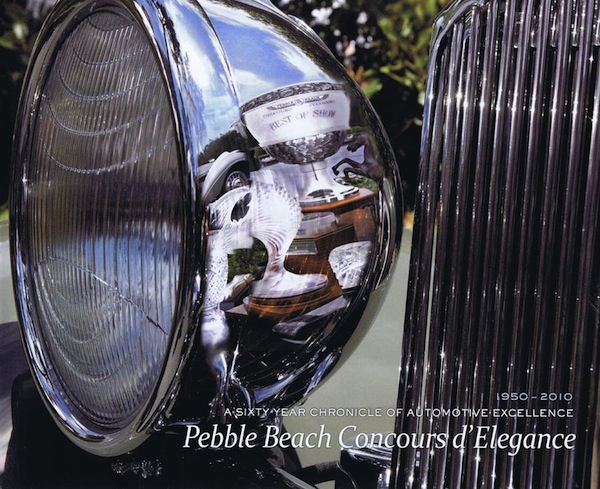

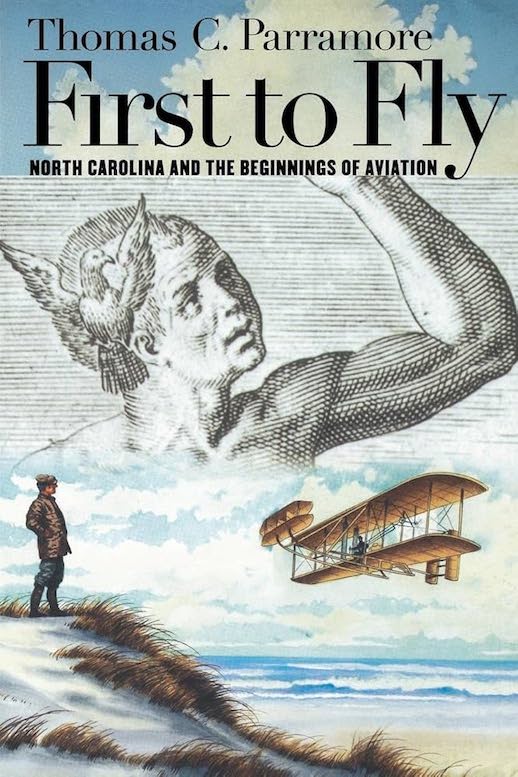


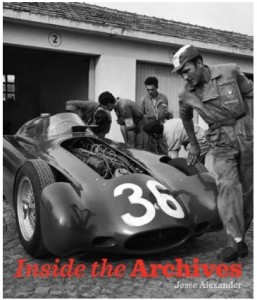
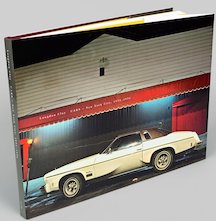



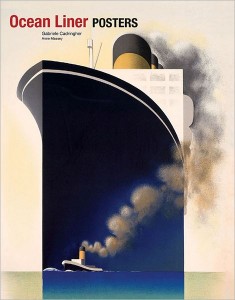
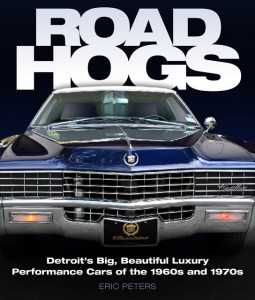
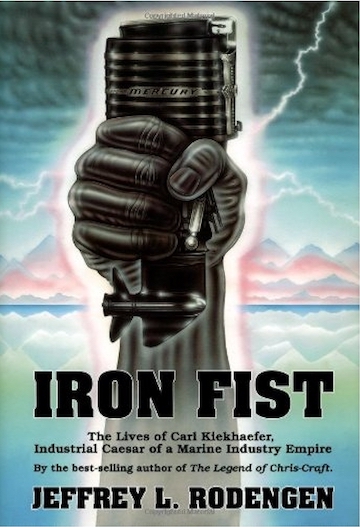

 Phone / Mail / Email
Phone / Mail / Email RSS Feed
RSS Feed Facebook
Facebook Twitter
Twitter
Thank you for the review!
Would it be possible to post something on Amazon about?
Thank you so much.
Kind Regards,
Chris Wehner